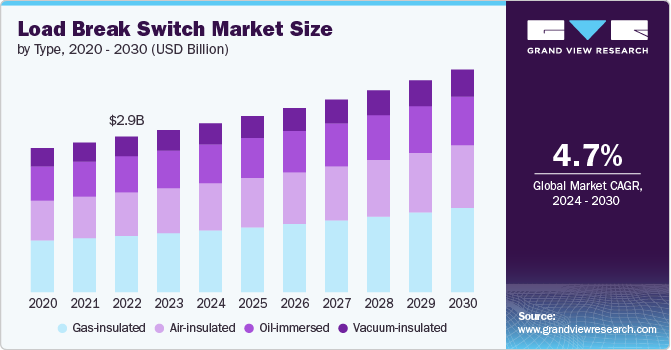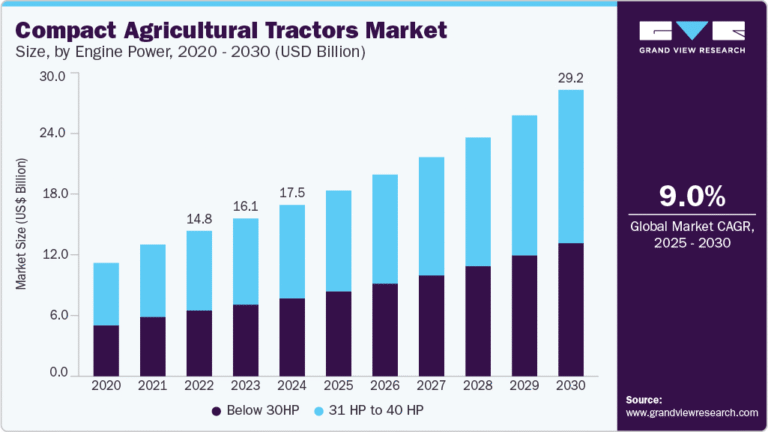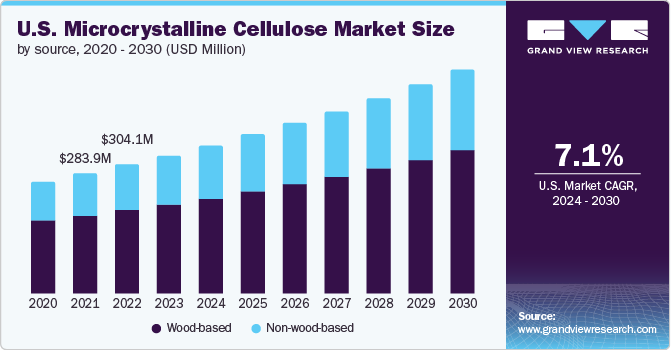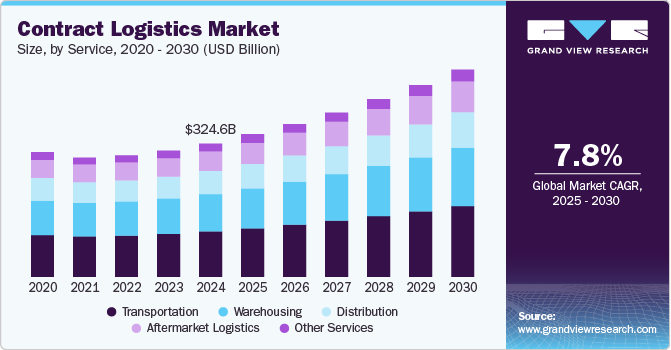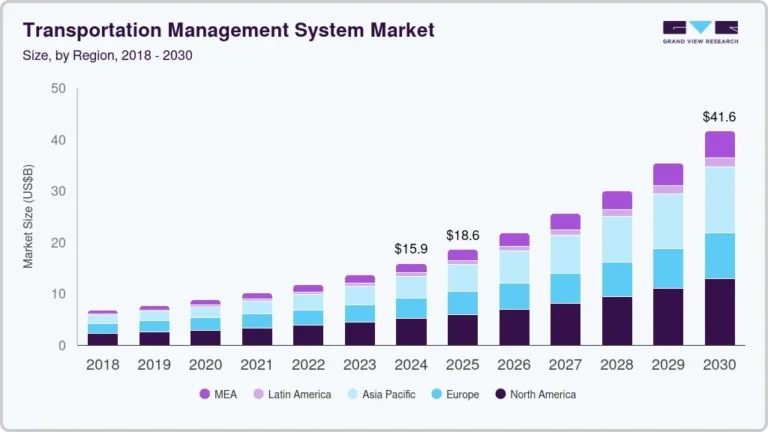Frequency Converter Market Size, Share & Trends Analysis grow at a CAGR of 9.4% from 2024 to 2030

The global frequency converter market size was estimated at USD 24.18 billion in 2023 and is expected to grow at a CAGR of 9.4% from 2024 to 2030. The market is experiencing increased demand due to several key factors. One significant driver is the emphasis on energy efficiency. Frequency converters, or variable frequency drives, adjust the speed of electric motors to align with operational needs, leading to reduced energy consumption and lower operational costs. This aligns with broader goals of minimizing energy use and operational expenses.
Request a free sample copy or view report summary: https://www.grandviewresearch.com/industry-analysis/frequency-converter-market-report/request/rs1
Additionally, Infrastructure development also plays a role in the growing demand for frequency converters. Projects involving water treatment facilities, HVAC systems, and transportation networks rely on these devices to enhance operational efficiency and maintain system performance. The expansion of infrastructure projects contributes to the increasing requirement for frequency converters across various sectors. Moreover, the growth of industrial automation is another key factor driving demand. As industries increasingly adopt automated processes, frequency converters play a crucial role in regulating motor speeds and ensuring the seamless operation of these systems. Their ability to enhance process efficiency and performance makes them a vital component in contemporary manufacturing setups.
Recent advancements in the market highlight several key technology trends. One notable development is the integration of frequency converters with Internet of Things (IoT) technology and Industry 4.0 frameworks. This integration allows for real-time monitoring and remote control of systems, as well as predictive maintenance capabilities. These features contribute to improved operational efficiency and reduced downtime by enabling more proactive management of equipment. Additionally, frequency converters are increasingly featuring advanced connectivity options. Support for various communication protocols, such as Ethernet, Profibus, and Modbus, is enhancing their ability to integrate with other industrial systems. This improved connectivity allows for more flexible and adaptable system architectures.
However, the market encounters several notable restraints that can affect its growth and adoption. One significant restraint is the high initial cost associated with these devices. The expense of purchasing and installing advanced frequency converters can be substantial, which may deter businesses, particularly smaller enterprises, from making investments. This high upfront cost can be a major barrier to widespread adoption. Additionally, the complexity involved in integrating frequency converters into existing systems also presents a challenge. This process can be intricate and requires specialized knowledge for proper configuration and maintenance. Companies lacking this expertise may face difficulties during integration, potentially leading to increased costs and longer implementation times.
Type Insights
The static segment held the largest market share of 68.2% in 2023. Based on the type, the market is segmented into static and rotary frequency converters. Static frequency converters feature fewer moving parts compared to dynamic or rotating types, which significantly reduces the likelihood of mechanical failures. This inherent reliability is crucial for applications requiring uninterrupted operation, as it minimizes downtime and maintenance needs.
Additionally, the low maintenance requirements of static frequency converters further bolster their market position. With fewer moving components, static converters experience less wear and tear, leading to reduced maintenance needs and lower operational costs over their lifespan. This aspect is particularly appealing for users looking to minimize long-term maintenance expenses.
The rotary segment registered the highest CAGR of 10.3% over the forecast period. Rotary frequency converters are capable of handling higher power levels compared to static converters. This makes them particularly suitable for applications that require significant power conversion, such as large industrial machines and high-capacity systems. The growing demand for such high-power applications is driving the growth of the rotary frequency converter segment.
Additionally, these converters are known for their robust performance and reliability in demanding environments. Rotary frequency converters are well-suited for applications where continuous and stable power supply is critical. Their ability to operate effectively under challenging conditions supports their increased adoption in industries such as aerospace, defense, and heavy manufacturing.

